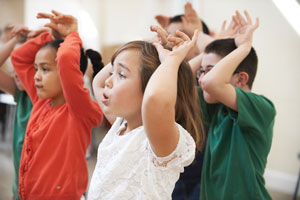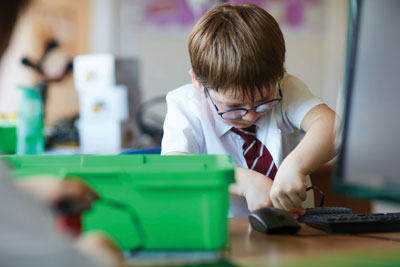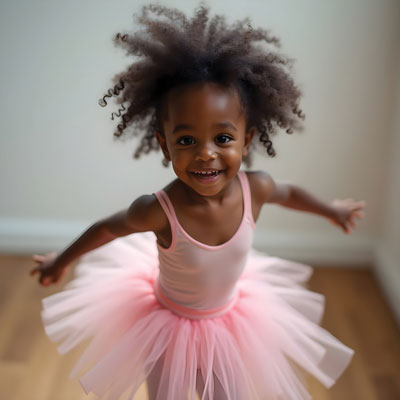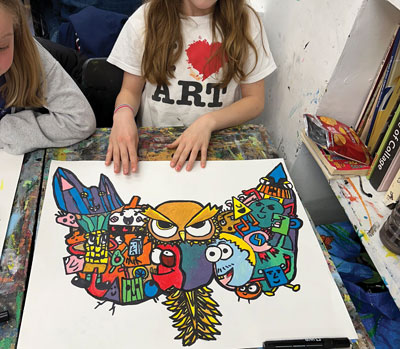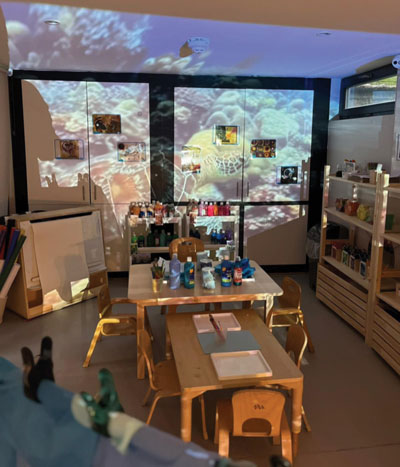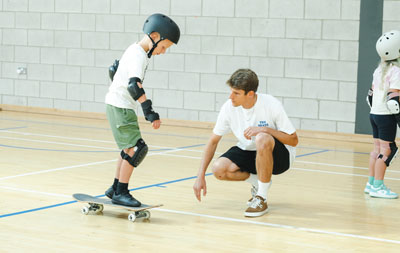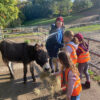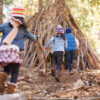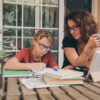
Why many children are struggling and how parents can help
Confidence is often described as the quiet superpower that shapes a child’s life, influencing everything from their mental wellbeing to their willingness to try new things and build friendships. Yet, recent research shows that a significant number of children in the UK are facing a confidence crisis – one that could have lasting impacts if left unaddressed.
The Listen Up Report from youth and education agency Hark reveals that up to one in three adolescents nationwide experience little or no confidence. While the report focuses on young people aged 11 to 18, many of the challenges it highlights are rooted in earlier childhood and can begin to take shape well before secondary school.
What is the ‘confidence crisis’?
Children with low confidence often struggle to speak up in class, join social activities or express their opinions. This ‘unheard third’ – roughly 10 children in every classroom – may find it difficult to participate fully in school and social life, which can hold them back academically and emotionally.
The report found that at age 11, when children start secondary school, around 29% already feel little or no confidence. This figure rises as children face new pressures and transitions during adolescence. Although confidence can improve with time, early experiences are crucial in shaping a child’s self-belief and future aspirations.
What’s behind the decline in confidence?
The factors contributing to this crisis are complex and interconnected:
• The lingering impact of Covid-19
School closures and social isolation disrupted normal childhood development, making it harder for children to build social skills and resilience.
• Social media and online pressure
Even younger children are exposed to the pressures of maintaining an ‘online persona’ through siblings or early access to technology. The fear of judgment and comparison can chip away at their self-esteem.
• Fear of judgment and lack of emotional safety
Many children, particularly girls and those from minority groups, feel they cannot speak openly without being misunderstood or judged harshly. This fear stifles their confidence to express themselves authentically.
Without safe spaces at school or home to discuss feelings and experiences, children may internalise their doubts, leading to a downward spiral of invisibility and self-doubt.
Why early confidence matters
Confidence in childhood is not just about feeling good in the moment – it shapes how children engage with learning, develop friendships and approach challenges.
Children who lack confidence are less likely to participate in class, join clubs or speak up, which means they miss out on valuable opportunities to grow and be seen.
This invisibility can become a self-perpetuating cycle – the quieter a child is, the less support and encouragement they receive, further eroding their confidence and narrowing their future possibilities.
What can parents do?
The good news is that confidence is not a fixed trait – it can be nurtured and developed with the right support and environment. Parents play a vital role in helping their children build belief in themselves. Here are some practical ways to help:
• Create safe spaces for expression
Encourage your child to share their thoughts and feelings without fear of judgment.
Listen actively and validate their experiences.
• Celebrate small successes
Recognise and praise your child’s efforts and achievements, no matter how small. This builds a sense of accomplishment and motivation.
• Model confidence and positive self-talk
Children learn by example. Show them how to approach challenges with a growth mindset and kindness towards themselves.
• Support social skills development
Encourage play dates, group activities and social interactions that help your child practise communication and cooperation.
• Be patient and persistent
Building confidence is a journey, not a race. Consistent encouragement and under-standing make a big difference over time.
A call to listen louder
Every child’s confidence journey is unique, and it’s vital that parents, teachers and communities work together to see, hear and value each child. The Listen Up Report reminds us that confidence gaps are not personality flaws but broken social patterns that can be changed.
By fostering environments where quieter voices can thrive and teaching children to believe in themselves, we can help them step through doors they might not even see are open to them.
This article is based on insights from Hark’s Listen Up Report 2025, a comprehensive study on youth confidence in the UK. Hark is a London-based education and youth agency with over 30 years’ experience supporting young people and organisations to build confidence and skills. For further details or to read the full report please visit www.harklondon.com/listen-up/

